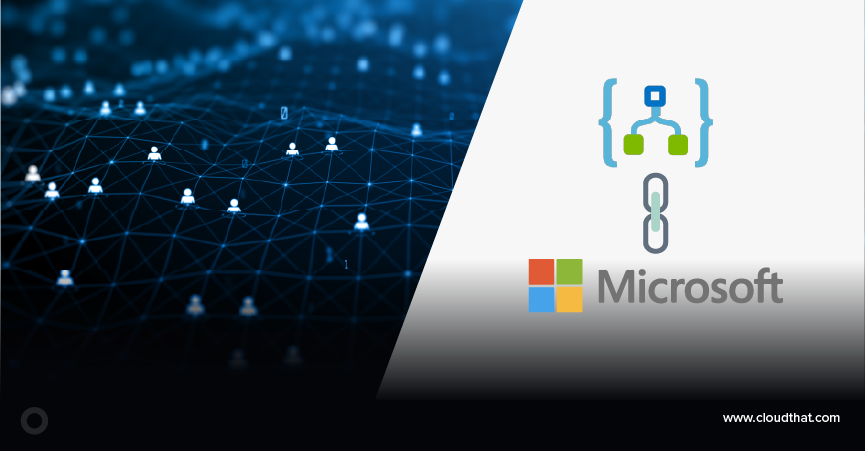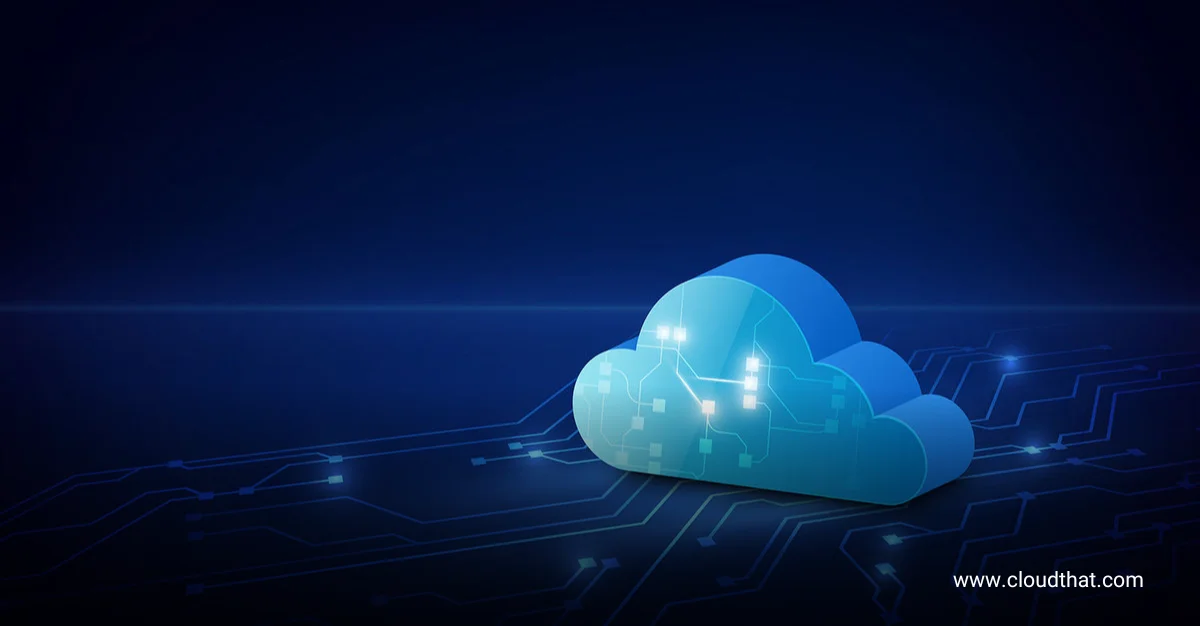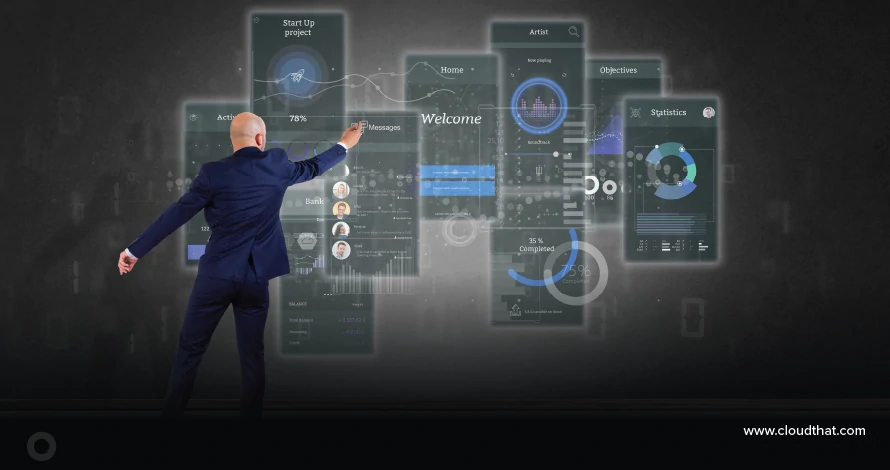|
Voiced by Amazon Polly |
Overview
Data-driven workflows are essential in modern ETL (Extract, Transform, Load) pipelines, and Azure Data Factory (ADF) plays a pivotal role in enabling scalable data orchestration across the cloud. One of the most critical components in ADF is Triggers, a feature that allows automated pipeline execution based on defined criteria.
In this comprehensive blog, we will dive deep into ADF Triggers, their types, setup, real-world use cases, and best practices, and end with answers to the most frequently asked questions (FAQs).
Pioneers in Cloud Consulting & Migration Services
- Reduced infrastructural costs
- Accelerated application deployment
Triggers in ADF
In Azure Data Factory, a trigger is a mechanism that initiates the execution of a pipeline based on a schedule, event, or manual invocation. Triggers help automate your workflows without human intervention, making data pipelines efficient and reliable.
With triggers, you can define:
- When a pipeline should start
- How frequently it should run
- Under what conditions it should be executed
This means you don’t need to monitor your data constantly, you define the rules once, and ADF handles the rest.
Types of Triggers in ADF
Azure Data Factory supports three types of triggers, each designed for different scenarios:
- Schedule Trigger
Schedule triggers are used to execute pipelines at specific intervals or times. They are similar to cron jobs or time-based schedulers.
Use Cases:
- Running ETL jobs every hour/day/week
- Scheduled data ingestion from external sources
- Batch processing of data
Key Properties:
- Start Time
- Recurrence (minute, hour, day, week, month)
- Timezone
Example:

- Event-Based Trigger
These triggers respond to events in Azure Blob Storage. They are ideal when your data pipelines should begin after a file arrives in a blob container.
Use Cases:
- Ingesting files as they arrive in a data lake
- Triggering a transformation job after a raw data file is uploaded
- Automating workflows based on data events
Key Properties:
- Linked Service to Azure Storage
- Container path
- Azure Blob path prefix/suffix filters
Types of Events:
- Azure Blob Created
- Azure Blob Deleted
Note: You must enable Event Grid for your storage account to use event triggers.
- Tumbling Window Trigger
Tumbling Window Triggers are used for pipeline executions based on time-bound slices or windows. Each window is processed exactly once and non-overlapping, making them ideal for time-series data or incremental processing.
Use Cases:
- Processing daily sales data
- Aggregating sensor logs per hour
- Handling rolling window calculations
Key Properties:
- Frequency and Interval (window size)
- Start Time
- Delay (optional) to wait for late-arriving data
- Max Concurrency to control parallelism
Benefits:
- Supports retry and dependence across windows
- Built-in state management (missed windows will still be processed)
Creating a Trigger in ADF
Creating a trigger is straightforward via the ADF UI (Azure Portal) or ARM templates and PowerShell/Azure CLI.
Steps to Create a Trigger (UI):
- Go to Author & Monitor in your Data Factory instance.
- Click on Manage > Triggers > New.
- Select the trigger type (Schedule, Tumbling Window, or Event).
- Configure parameters based on type.
- Associate the trigger with one or more pipelines.
- Publish All to save the configuration.
Associating a Trigger with a Pipeline
Once created, you must attach the trigger to the pipeline:
- Open the pipeline
- Click on “Add Trigger”
- Choose “New/Edit”
- Select or configure your trigger
- Save and publish
Parameters and Expressions in Triggers
ADF allows dynamic expressions using pipeline parameters and system variables like:
- @trigger().startTime
- @trigger().endTime
- @trigger().outputs
These can be passed to pipelines for dynamic partitioning, incremental loads, or logging.
Example Usage in a dataset path:
“path”: “data/@{formatDateTime(trigger().startTime,’yyyy/MM/dd’)}/”
This will dynamically point to the correct folder based on the trigger window.
Monitoring Triggers
Once triggers are active, you can monitor their status:
- Go to Monitor > Triggers
- View run history, status, errors
- Check missed or failed windows (especially for tumbling triggers)
Monitoring helps identify:
- Misfired or skipped triggers
- File-based triggers that didn’t match
- Failures in the associated pipeline
Real-World Scenarios
Let’s explore how triggers can be used in enterprise-grade pipelines.
- Daily Sales Data Load
- Trigger: Schedule
- Time: Every day at 2 AM
- Action: Load data from CRM to Data Lake, process, and move to Power BI
- File-Arrival Based ETL
- Trigger: Event-based
- Event: File uploaded to /incoming/
- Action: Parse file, validate schema, load into SQL DB
- Hourly IoT Sensor Data Processing
- Trigger: Tumbling Window
- Window Size: 1 hour
- Delay: 15 minutes to wait for late data
- Action: Aggregate data and send metrics to the dashboard
Best Practices
- Use Tumbling Windows for Idempotency – They guarantee that each time window is processed once.
- Use Event Triggers for Real-Time Processing – Avoid polling event triggers that are reactive and efficient.
- Parameterize Pipelines – Pass window start and end times to make pipelines reusable and dynamic.
- Manage Timezones Explicitly – Be aware of UTC vs local time when scheduling triggers.
- Handle Errors Gracefully – Design pipelines with retry policies and error handling for production readiness.
- Combine Triggers – Use a mix of triggers for complex workflows, like fallback from event to schedule.
Common Pitfalls
- Not publishing changes after creating triggers
- Event trigger not firing due to Event Grid misconfiguration
- Overlapping windows or wrong concurrency settings in tumbling triggers
- Forgetting to link triggers to pipelines
- Timezone mismatches leading to off-schedule execution
Trigger Management via ARM/CLI
You can define triggers for DevOps or Infrastructure-as-Code (IaC) scenarios via ARM Templates, PowerShell, or Azure CLI.
Example (ARM Template snippet):
Json:

This can be deployed through the CI/CD pipeline.
Triggers vs Pipeline Runs
It’s important to understand that triggers do not contain pipeline logic. They only define when to run a pipeline. All logic lives inside the pipeline.
Each time a trigger fires, it initiates a new pipeline run.
Conclusion
By understanding the types of triggers, how to configure and monitor them, and incorporating best practices, you can significantly improve the efficiency and maintainability of your Azure data pipelines.
Drop a query if you have any questions regarding Triggers in Azure Data Factory and we will get back to you quickly.
Empowering organizations to become ‘data driven’ enterprises with our Cloud experts.
- Reduced infrastructure costs
- Timely data-driven decisions
About CloudThat
CloudThat is an award-winning company and the first in India to offer cloud training and consulting services worldwide. As a Microsoft Solutions Partner, AWS Advanced Tier Training Partner, and Google Cloud Platform Partner, CloudThat has empowered over 850,000 professionals through 600+ cloud certifications winning global recognition for its training excellence including 20 MCT Trainers in Microsoft’s Global Top 100 and an impressive 12 awards in the last 8 years. CloudThat specializes in Cloud Migration, Data Platforms, DevOps, IoT, and cutting-edge technologies like Gen AI & AI/ML. It has delivered over 500 consulting projects for 250+ organizations in 30+ countries as it continues to empower professionals and enterprises to thrive in the digital-first world.
FAQs
1. Can one trigger be associated with multiple pipelines?
ANS: – No. A trigger can be linked to only one pipeline at a time, but you can design the pipeline to execute multiple child pipelines.
2. Do tumbling window triggers guarantee data is processed once?
ANS: – Yes. Tumbling window triggers are designed for exactly-once execution of each time window, which makes them ideal for incremental data processing.

WRITTEN BY Vinay Lanjewar
Vinay specializes in designing and implementing scalable data pipelines and end-to-end data solutions on the AWS Cloud. Skilled in technologies such as Amazon EC2, S3, Athena, Glue, QuickSight, and Lambda, he also leverages Python and SQL scripting to build efficient ETL processes. Vinay has extensive experience in creating automated workflows using AWS services, transforming and organizing data, and developing insightful visualizations with Amazon QuickSight. His work ensures that data is collected efficiently, structured effectively, and made analytics-ready to drive informed decision-making.


 Login
Login


 May 5, 2025
May 5, 2025 PREV
PREV










Comments